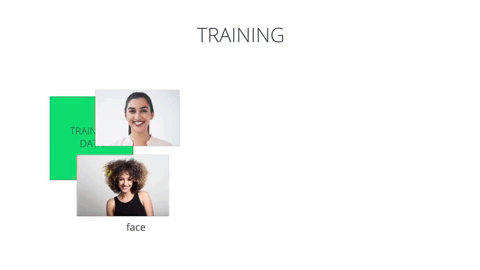22. Object Recognition & Introducing Haar Cascades
Feature Extraction and Object Recognition
So, you've seen how to detect consistent shapes with something like the Hough transform that transforms shapes in x-y coordinate space into intersecting lines in Hough space. You've also gotten experience programming your own image filters to perform edge detection. Filtering images is a feature extraction technique because it filters out unwanted image information and extracts unique and identfiying features like edges or corners.
Extracting features and patterns in image data, using things like image filters, is the basis for many object recognition techniques. In the image below, we see a classification pipeline that is looking at an image of a banana; the image first goes through some filters and processing steps to form a feature that represent that banana, and this is used to help classify it. And we'll learn more about feature types and extraction methods in the next couple lessons.

Training data (an image of a banana) going through some feature extraction and classification steps.
Haar Cascade and Face Recognition
In the next video, we'll see how we can use a feature-based classifier to do face recognition.
The method we'll be looking at is called a Haar cascade classifier. It's a machine learning based approach where a cascade function is trained to solve a binary classification problem: face or not-face; it trains on a lot of positive (face) and negative (not-face) images, as seen below.

Images of faces and not-faces, going some feature extraction steps.
After the classifier sees an image of a face or not-face, it extracts features from it. For this, Haar filters shown in the below image are used. They are just like the image filters you've programmed! A new, filtered image is produced when the input image is convolved with one of these filters at a time.
Next, let's learn more about this algorithm and implement a face detector in code!